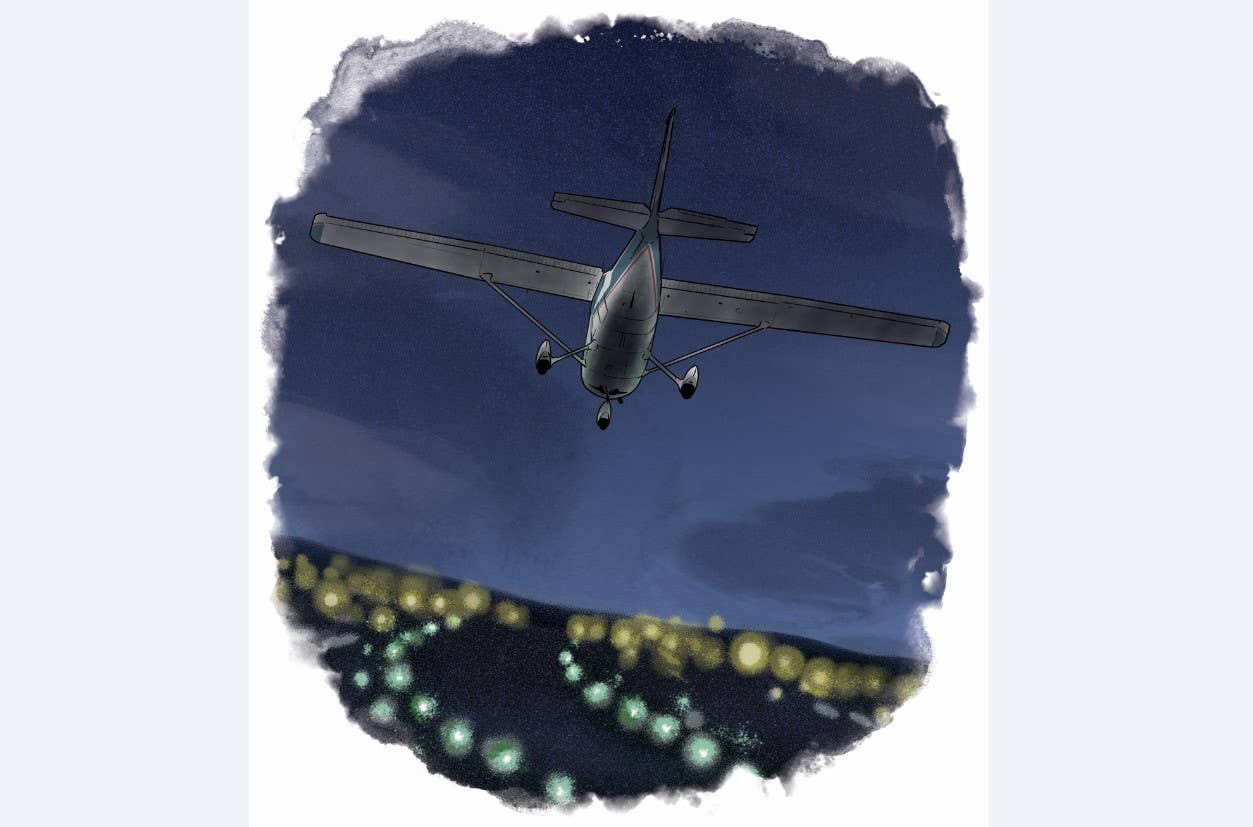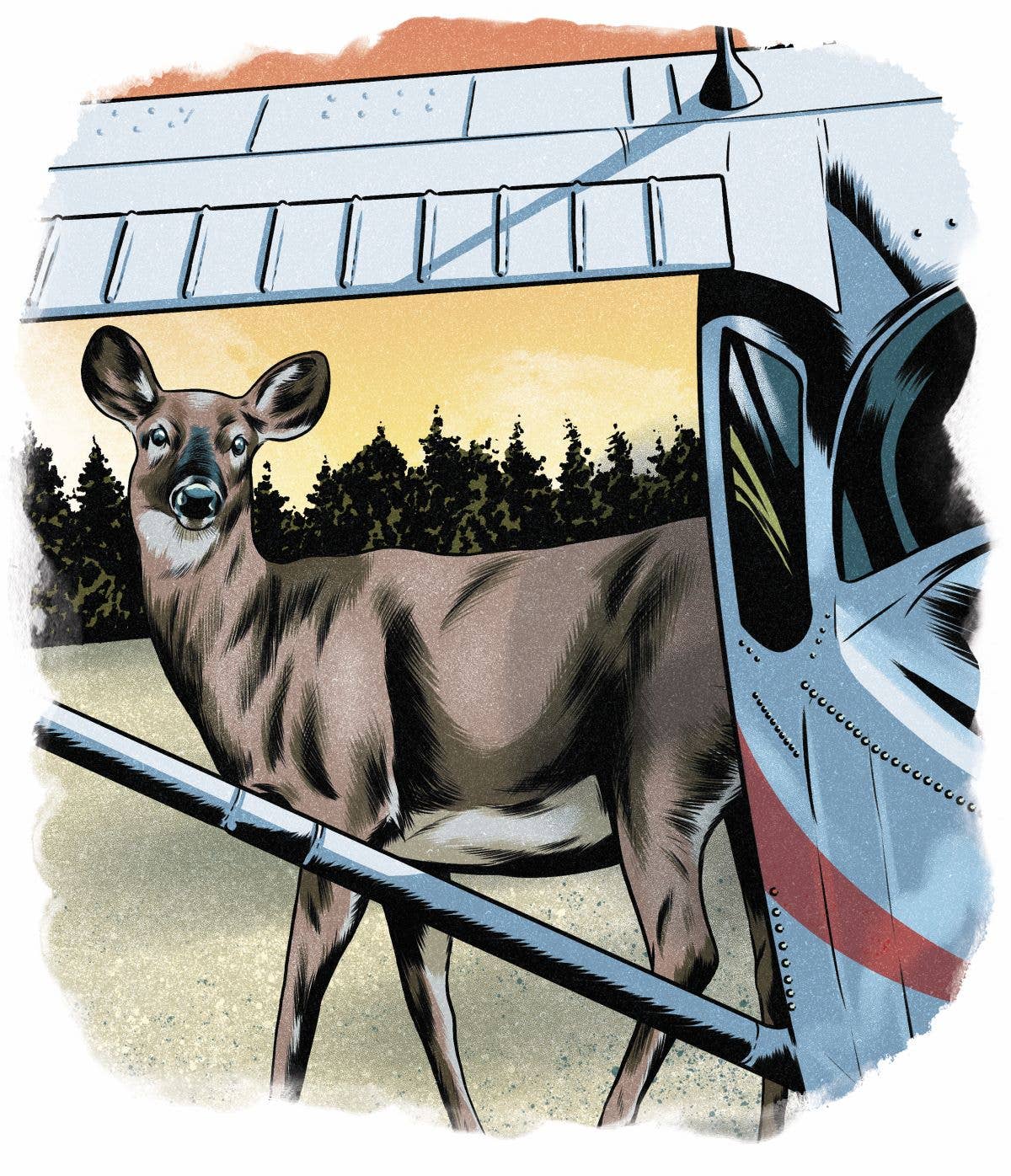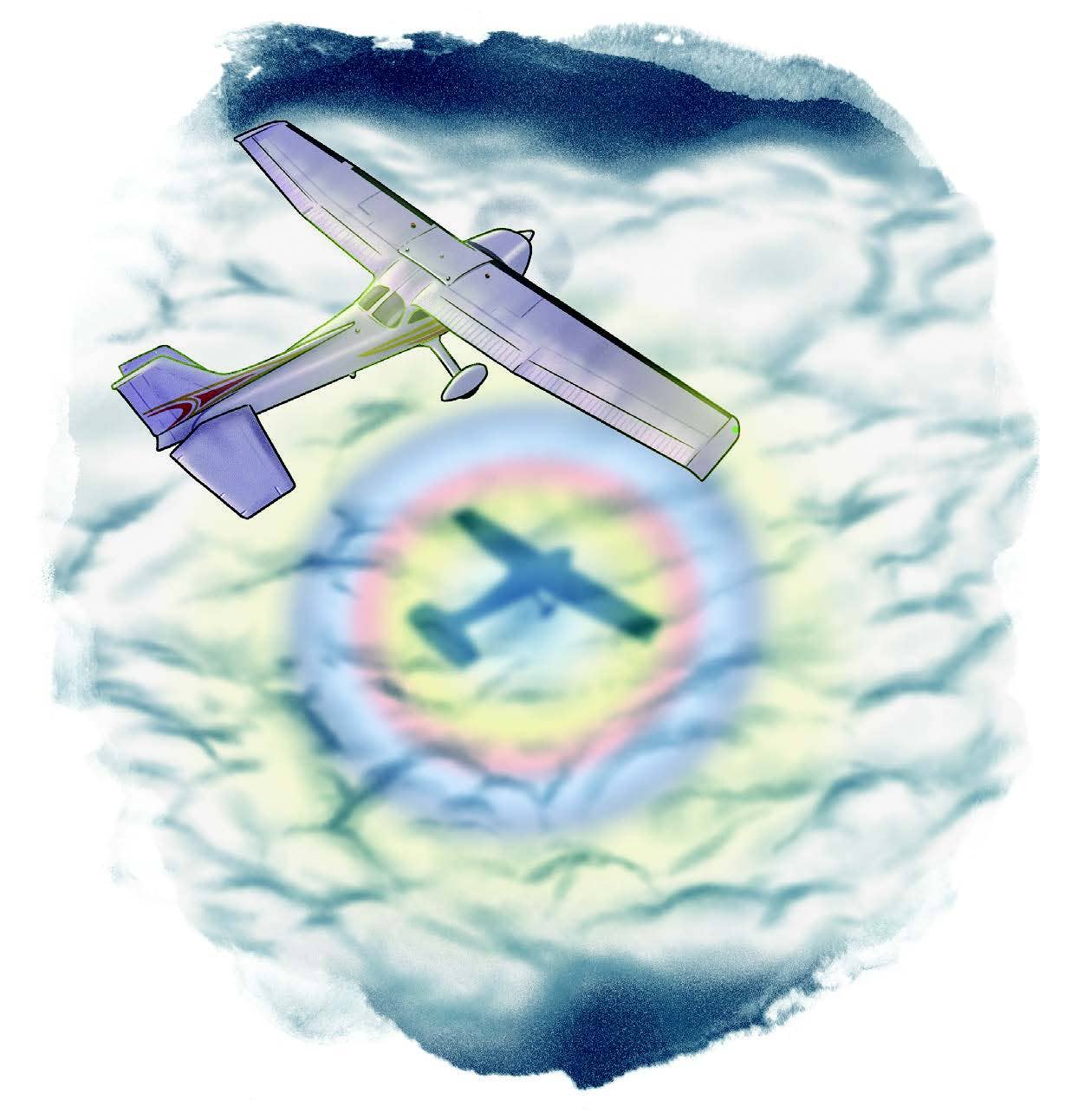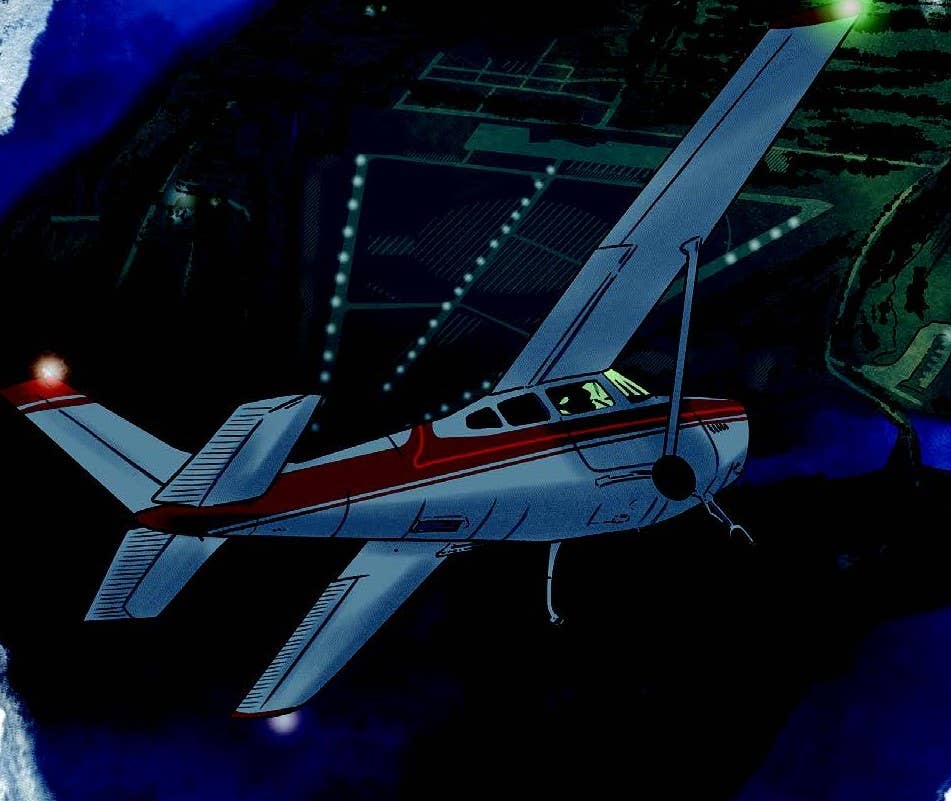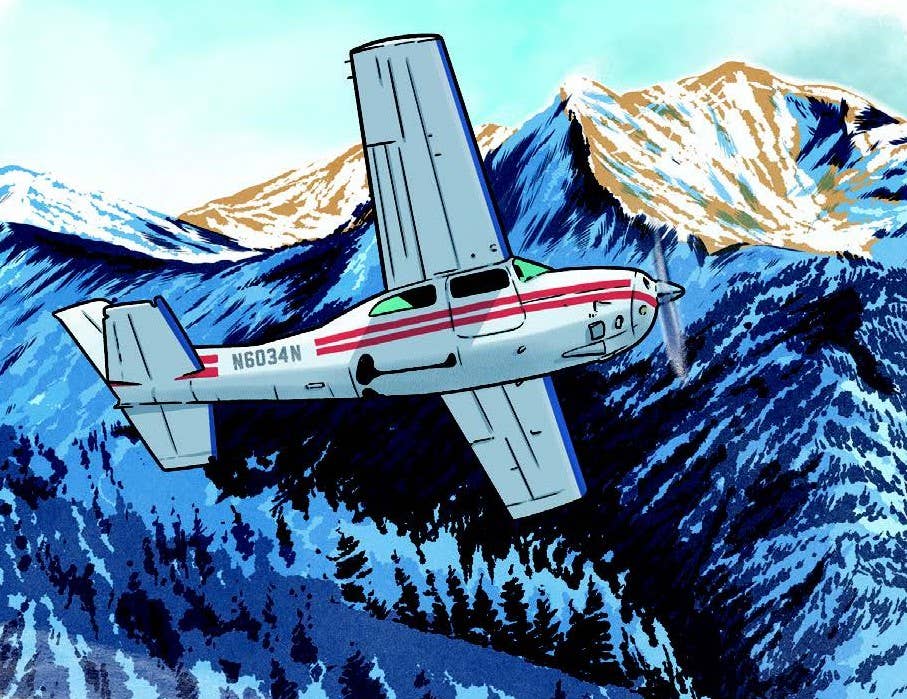Life Lessons of an Iced-Up Mooney
A flight from Illinois on an average winter day becomes a reminder to not become complacent or let yourself be intimidated by ATC.
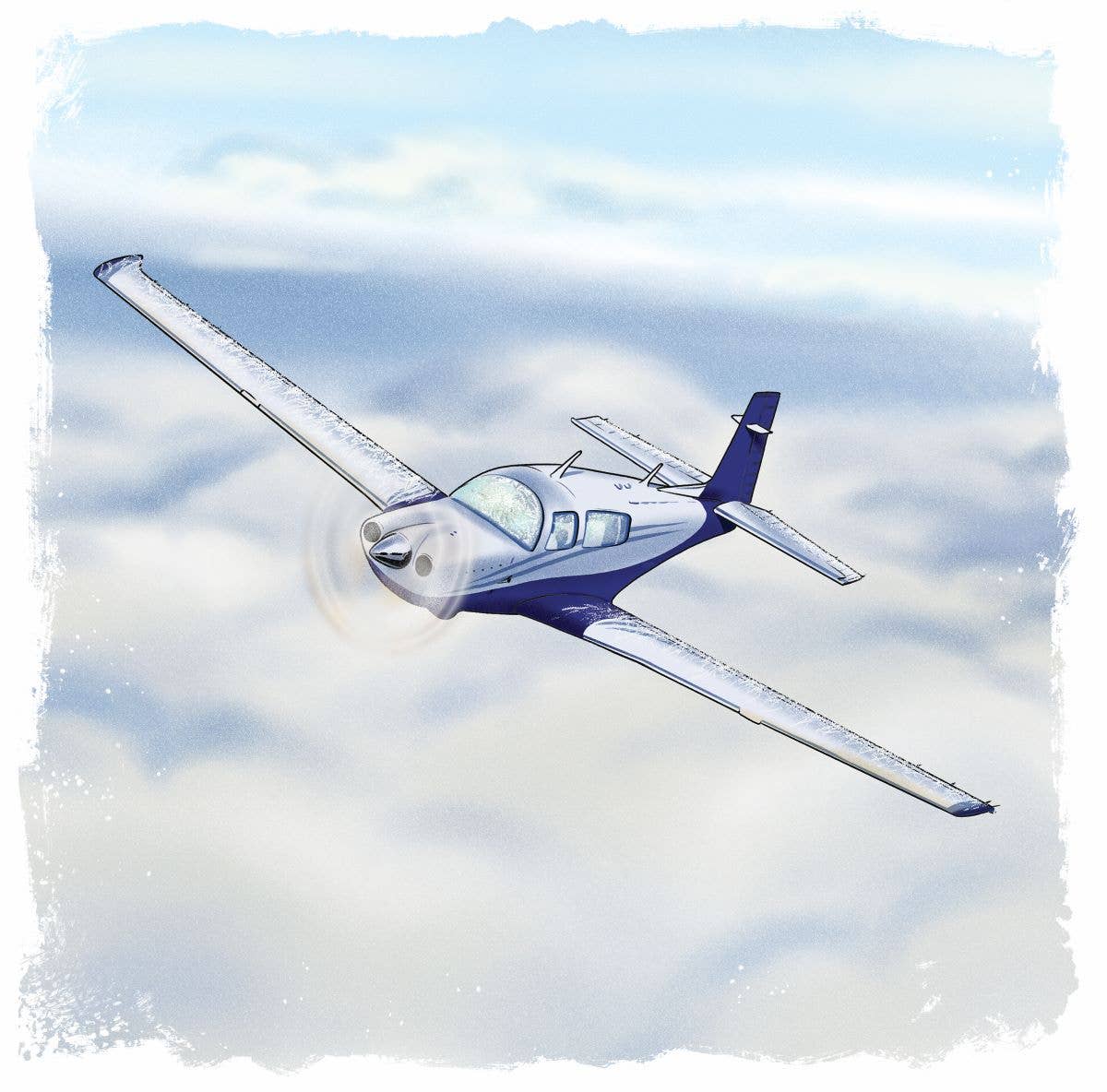
[Credit: Joel Kimmel]
It was your typical winter day in the Chicago area, cold with the ceiling around 500 feet agl. My wife and daughters were driving to New Jersey to visit family, so this was an awesome excuse for me to fly my Mooney Ovation2 GX—the first one out of the factory with the Garmin G1000 in late 2004—to the east coast and introduce our Brazilian foreign exchange student to his first flight in a small airplane.
If you're not already a subscriber, what are you waiting for? Subscribe today to get the issue as soon as it is released in either Print or Digital formats.
Subscribe NowI checked weather en route, and it looked okay, with no icing reported along our intended route as I planned my departure from the Aurora, Illinois, airport (KARR). After a thorough preflight inspection, we hopped in the airplane, fired it up, picked up our instrument clearance, contacted ground, and taxied out to the runway.
Tower cleared us for departure, and we initially climbed to 3,000 feet msl. We contacted Chicago Center and were cleared to 11,000 feet for our cruise altitude.
Above the clouds, it was sunny and calm, and our exchange student—never having flown in a small airplane before—was awed by the experience.
Things were progressing along just fine until we reached eastern Ohio, when I noticed the cloud tops beginning to rise. I asked Cleveland Center for a clearance to 15,000 feet so we could continue to enjoy the smooth ride. We donned our oxygen masks and began our climb.
As we ascended to 15,000, it became obvious that we were flying into an area where the cloud tops were approaching 15,000 and higher. I requested a climb to 17,000 feet, figuring I could stay out of the clouds and hopefully get close enough to the Morristown Airport (KMMU) to descend quickly through the layers. But I was wrong...that’s when the trouble began.
As soon as we reached 17,000 feet, we started clipping through the cloud tops—and that’s when the “Ice Man Cometh”—or “cameth” in our case.
I had never encountered icing before. The windshield iced over almost immediately, along with the wings. My airspeed started decreasing, and I couldn’t believe how quickly ice accumulated.
At this point, I knew we were in trouble. It was like my worst nightmare. I thought, this can’t be happening!
Execute a Plan
My thoughts immediately went back to my training and the admonition from instructors to never panic. And to execute a plan immediately. I let Center know we were picking up ice and needed an immediate descent to a lower altitude, hoping to find warmer air layers and stop the ice accumulation.
Center responded with, ”Mooney, maintain 17,000; you have a Dash 8 commuter underneath you.”
I replied, “Move the Dash 8—I’m descending now.”
Center cleared us down to 9,000 feet, where I leveled off between layers. At this point, we were still carrying the ice load, but the airplane was flying. We stayed at 9,000 feet until Center cleared us to 3,500 feet—and that’s when the banging started. It startled us at first, but it quickly became obvious that the noise came from the ice melting and breaking away—and hitting the airplane.We contacted the tower and were cleared for a VFR approach into Morristown. We landed without incident.
As I taxied up to the terminal, my wife and kids were waiting for us. I parked and opened my door and noticed a chunk of ice on the entry step. The cowling still had ice accumulated on the intake openings—a sight to behold.
Never Panic
So, what did I learn from this experience?
Never panic. Do not become complacent or let yourself be intimidated by ATC (in my case, Center). Act without delay, and do whatever you must to keep you and your passenger(s) safe.
Also, I could have done a better job analyzing the weather along my route.
Even though there were no en route icing reports at my filed altitude, I was not aware that the tops of clouds are generally laden with the most moisture and, at higher altitudes, that ice will form and accumulate very quickly on cold surfaces. Climbing to try to stay above the clouds and ice probably was the wrong decision.
Also, there are upgrades you can make to your airplane to help buy time. The Mooney and I returned to the Mooney Aircraft factory at Kerrville, Texas, later that month, where we had a TKS anti-icing system installed.
This article was originally published in the April 2023, Issue 936 of FLYING.

Subscribe to Our Newsletter
Get the latest FLYING stories delivered directly to your inbox


